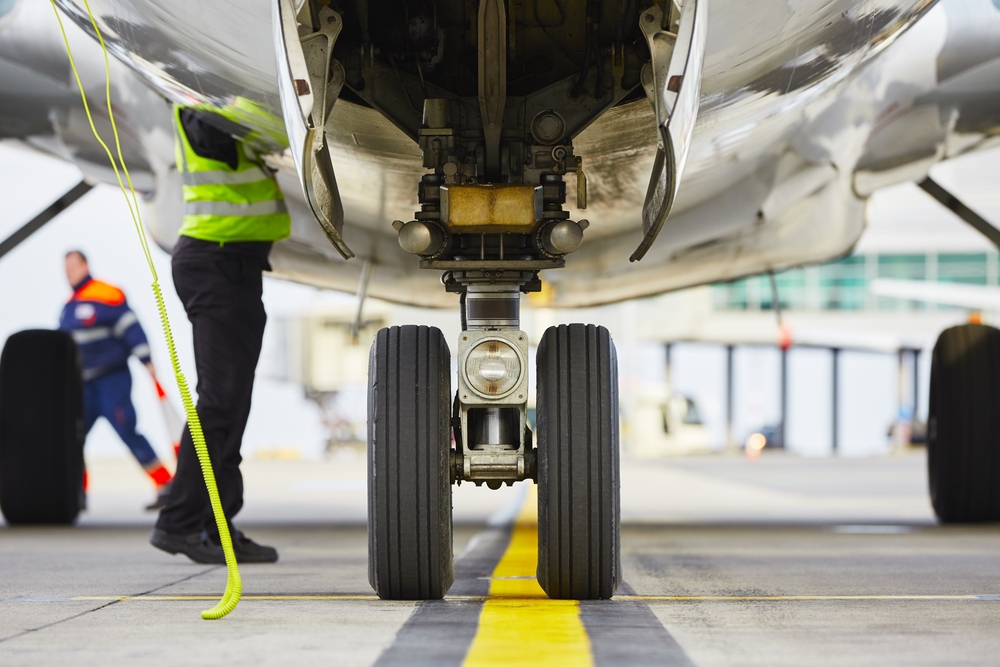
The International Air Transport Association (IATA) laid out three priorities for the ground handling industry to meet future air travel needs this week, including improvements to global safety standards, improved collaboration, and more talent investment.
In particular, they seek quicker movement to adopt their Ground Operations Manual (IGOM) on a global scale. This, IATA said, would aid operational consistency and safety in the industry at large. Similarly, they seek international recognition for the IATA Safety Audit for Ground Operations as a part of regulatory frameworks.
“This will foster harmonization across the industry, reduce redundant audits, improve safety, and enhance operational efficiency,” Nick Careen, IATA’s vice president of Airport, Passenger, Cargo and Security, said.
To date, there are more than 230 ground service providers in the ISAGO Registry, as well as nearly 450 registered stations spread over 300 airports globally. Yet IATA seeks more than standardization. They also seek greater collaboration for safety and efficiency purposes and have formed the IATA Ground Operations Group (GOG) to give strategic direction to the development and implementation of ground handling standards and technology.
“We have high expectations for the GOG. Its three-year plan to address safety and efficiency issues will lead to much-needed improvements in such critical areas of operations as training, the development of ground support equipment, and load control,” Careen said. “But the industry will only realize the full benefits that the GOG can bring if it has the support of all stakeholders in the ground handling industry.”
Finally, the organization recognized the need for modernizing ground handlers’ training, regulatory framework and industry investments. A big part of this comes in the form of their Ramp of the Future (RoF) initiative, which collaborates with Airports Council International to build a common idea of what all this entails. Training modernization for ground handling is also a key element.
“High employee turnover is a challenge when you need to deploy a fully skilled workforce in critical ramp functions,” Careen said. “New training technologies have an important role to play.”